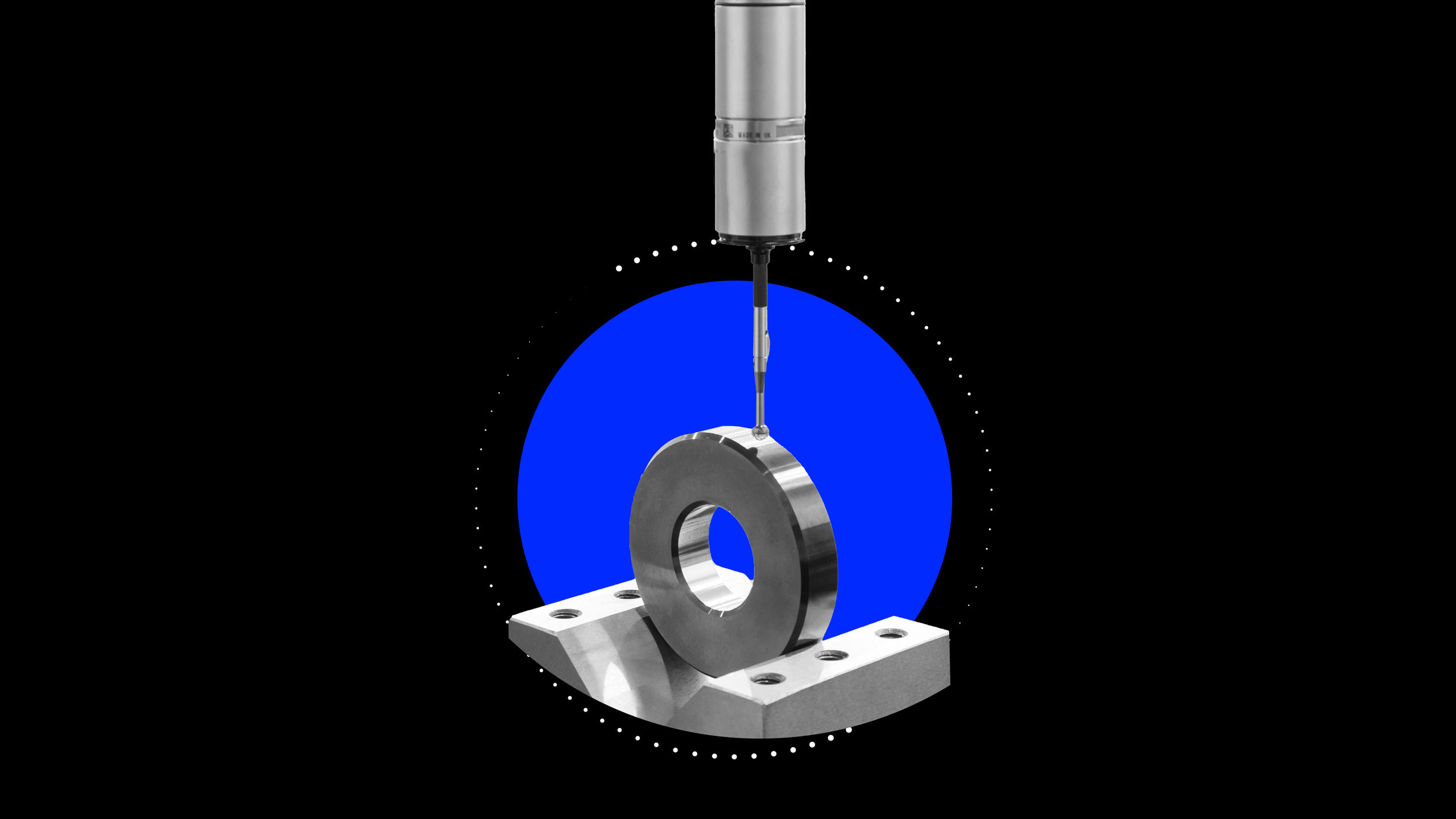
Engineering change management (ECM) in modern manufacturing require process optimization
Having an effective ECM process can help manufacturers succeed as production is globalized, product life cycles are shortened and there is greater concern about product quality, reliability, and safety. Process mining and execution management can help create that effective ECM process.
Engineering change management (ECM) is a structured approach to the documentation, management, application and evaluation of engineering changes (ECs) throughout the entire product life cycle (PLC). ECM is an essential component of product life cycle management (PLM) from conceptualization and design, to production and maintenance and through eventual obsolescence and discontinuation.
What is engineering change management?
Engineering change management (ECM) is a structured approach to the documentation, management, application and evaluation of engineering changes (ECs) throughout the entire product life cycle (PLC). ECM is an essential component of product life cycle management (PLM) from conceptualization and design, to production and maintenance and through eventual obsolescence and discontinuation.
Why is engineering change management in the automotive industry important?
Few modern consumer products have as complex a supply chain and manufacturing process as automobiles. Cars and trucks have tens of thousands of parts, sourced for thousands of suppliers around the world. Common examples of automotive engineering part changes are quality improvements (like smoothing the rough edge on a door handle), cost saving efforts (replacing a painted component with a black component) or safety fixes (addressing long-term corrosion of battery cables that leads to a loss of engine power). Changing even a single part to address these or other issues can affect dozens of other parts, the assembly process, and the vehicle’s overall function. Therefore, engineering changes must be carefully planned, executed and documented.
As noted above, ECs must also meet specific business objectives, such as reducing costs, improving engineering change order (ECO) quality, ensuring quality and mitigating risk and streamlining communication. Within each of these objective categories, manufacturers should look at the following key metrics:
Reducing costs: Overall product costs or cost of goods sold (COGS), excess and obsolete inventory, rework and scrap or service costs
Improve ECO quality: Reduce cost per EC, shorten ECO cycle time, improve master data quality and reduce the rework rate
Ensure quality and mitigate risk: Improve produce performance, ensure commercialization, track ECO critical path elements/impact, and increase the number of successful ECOs
Streamline communication: Improve ECO cycle time, supplier performance and customer satisfaction through better on-time delivery (OTD), product performance, etc.
How to build an efficient ECM process for automotive manufacturing?
An efficient ECM process would look something like this:
Identify issue or need
Define change, impact and cost
Create engineering change order (ECO)
Review and approve ECO
Implement change
Unfortunately, the ECM process often looks more like a ball of spaghetti than this straight line. This is where process mining and execution management can help, by identifying and executing on improvement opportunities in each of the objective categories mentioned above, such as:
Reducing costs: Speeding up approvals, intelligently prioritizing critical change requests, shortening process execution times, and reducing indirect costs (delayed revenue, service costs, etc.)
Improve ECO quality: Reducing the number of change requests (including the number of rejected and reopened requests), reducing overlapping and conflicting change requests and reducing unfinished change requests
Ensure quality and mitigate risk: Improving adherence to regulatory and quality requirements, ensuring functional alignment across all Cognex stakeholders and reducing manual data collection of changes
Streamline communication: Reducing redundant changes and better managing the ECO effects on customers, suppliers, deliveries, failures, etc.
To find out more about how Celonis can help manufacturers optimize their ECM processes, get in touch.



